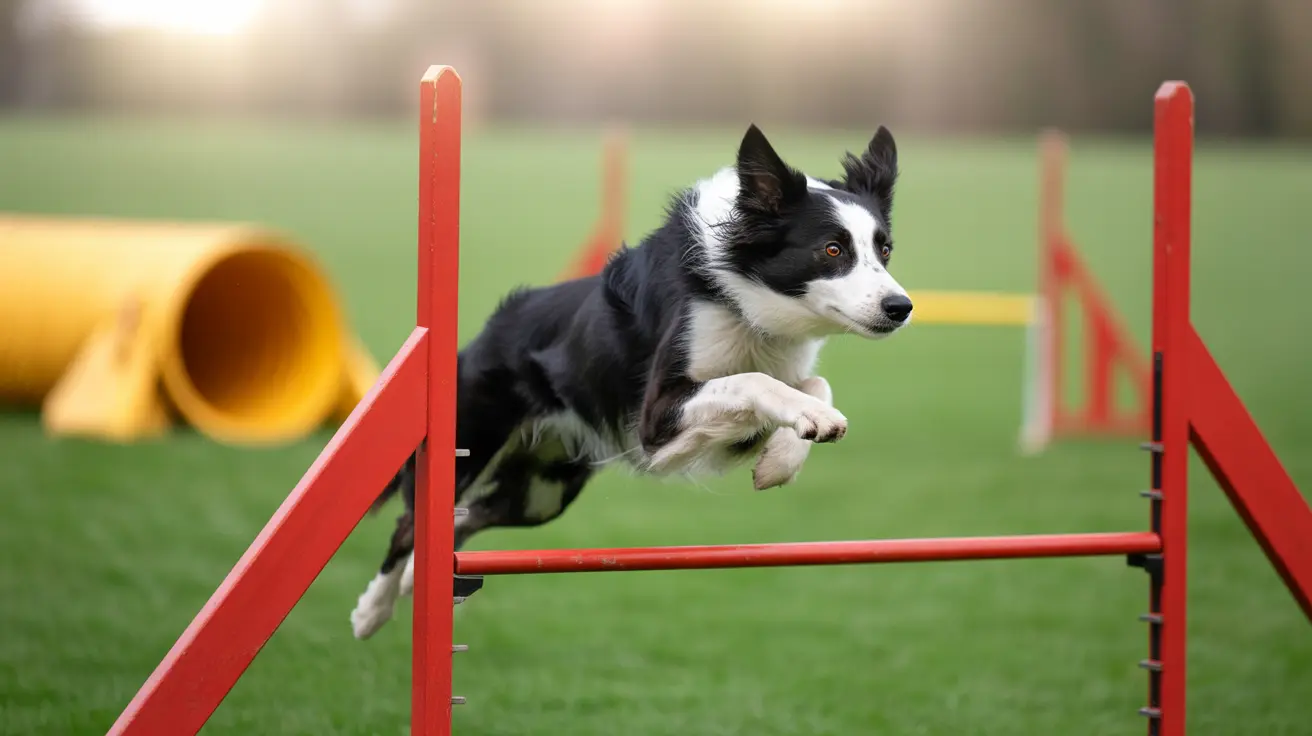Is Neosporin Safe for My Dog? Understanding Proper Wound Care
When our canine companions suffer minor injuries such as cuts, scrapes, or abrasions, it's natural to want to help them heal quickly. Many pet owners reach for common human treatments like Neosporin, but is it safe to use on dogs? Let’s explore what’s best for treating your dog’s wounds and when professional care is needed.
Understanding Dog Wounds
Dog wounds can happen due to many reasons including:
- Minor cuts and abrasions: Superficial wounds caused by rough play, sharp objects, or outdoor exploration.
- Deep lacerations: Severe tears in the skin, often requiring sutures.
- Bite wounds and punctures: Typically from other animals or sharp objects; can quickly become infected.
- Burns: From heat, chemicals, or friction.
- Hot spots: Itchy, moist lesions from persistent licking or irritation.
- Surgical wounds: Resulting from veterinary procedures that require careful aftercare.
Can You Use Neosporin on Dogs?
While Neosporin is a familiar choice in human first aid, it is not recommended for use on dogs unless instructed by a veterinarian. Neosporin contains antibiotics that can cause allergic reactions or upset a dog’s stomach if ingested. Dogs tend to lick wounds, and ingesting this topical ointment could lead to gastrointestinal issues.
Instead, use an antimicrobial ointment specifically designed for canine use. These are formulated to be safe for pets and do not contain ingredients that can harm dogs when licked.
Essential First Aid Supplies for Dogs
Keep a dog-specific first aid kit that includes:
- Muzzle
- Pet-safe antiseptic solution (e.g., 2% chlorhexidine or povidone-iodine)
- Sterile gauze pads and non-stick dressings
- Self-adhesive elastic bandages
- Disposable gloves
- Bandage scissors and tweezers
- Clean towels and a spray bottle
- Recovery cone (Elizabethan collar)
- Antimicrobial ointment made for dogs
Steps to Treat Minor Wounds at Home
- Restrict movement using a leash or a muzzle to prevent biting during treatment.
- Assess the wound for depth, bleeding, and embedded objects.
- Stop any bleeding by applying gentle pressure with gauze or a towel for several minutes.
- Remove visible debris with clean tweezers only when safe to do so.
- Clip surrounding fur carefully using electric clippers and lubricants to improve visibility.
- Clean the area with lukewarm water or a saline solution—avoid hydrogen peroxide or alcohol.
- Apply a dog-safe antimicrobial ointment (not Neosporin).
- Cover the wound with a sterile gauze pad and wrap with an elastic bandage. Avoid wrapping too tightly.
- Prevent licking by using a recovery cone or protective garment.
- Monitor daily and change the bandage as needed. Watch for signs of infection such as redness, swelling, or discharge.
When to Seek Veterinary Care
Certain wound types and symptoms require professional medical attention:
- Large or deep wounds that continue to bleed
- Exposure of muscle or bone
- Punctures or embedded objects
- Facial, head, chest, or abdominal injuries
- Car accident or trauma-related wounds
- Signs of infection (heat, pus, odor, redness)
- Wounds that don't improve with home care
What Not to Use on Your Dog’s Wound
Dog skin is more sensitive than human skin, and certain substances can hinder healing:
- No hydrogen peroxide – damages tissue
- No rubbing alcohol – can cause stinging and further irritation
- No essential oils or unverified herbal remedies
- No human prescription creams unless approved by a vet
Preventing Future Wounds
- Supervise your dog during walks and play
- Keep sharp objects and chemicals out of reach
- Secure older dogs or those with mobility issues away from hazards
- Keep vaccinations up to date, especially rabies
- Use leashes in unfamiliar or risky environments
Conclusion
Using Neosporin on your dog is not advisable without veterinary guidance. For minor wounds, choose dog-safe wound care products and follow appropriate cleaning and dressing procedures. Always consult a veterinarian when in doubt—especially when wounds show signs of infection or if your dog appears ill. Early intervention can make all the difference in recovery and overall well-being.





